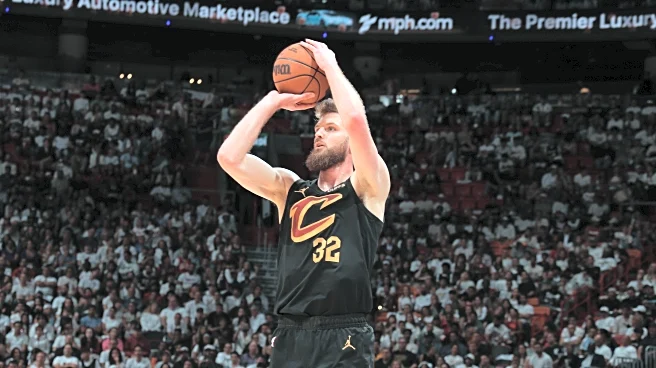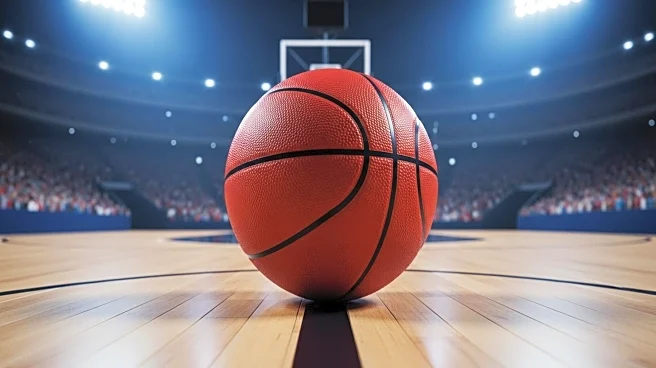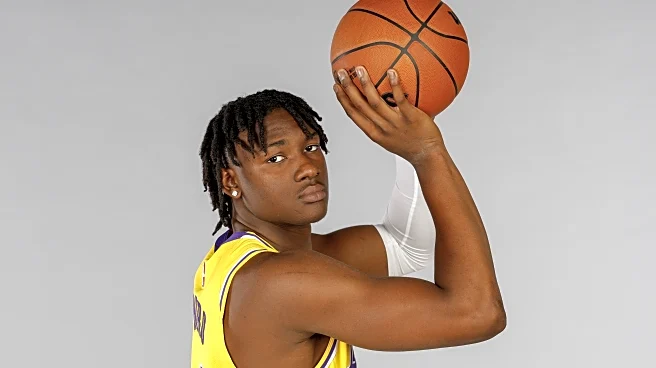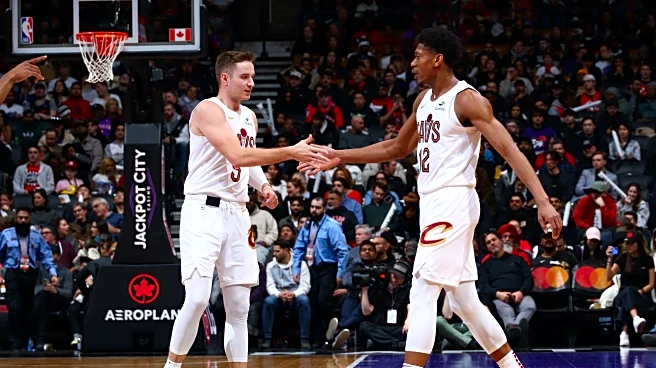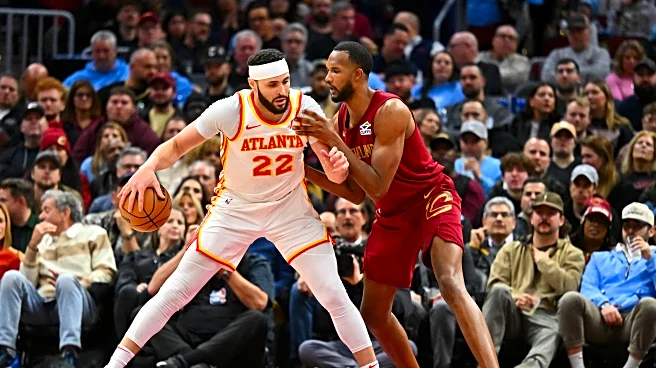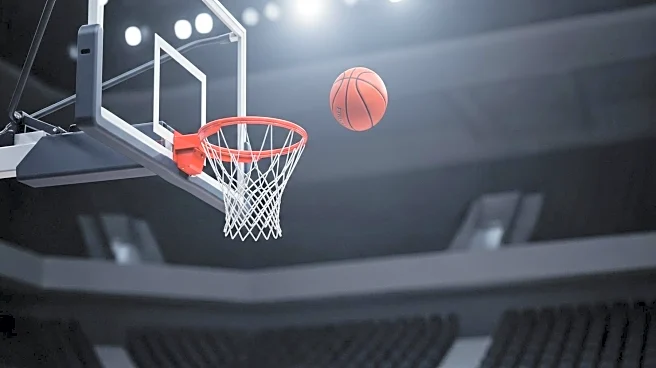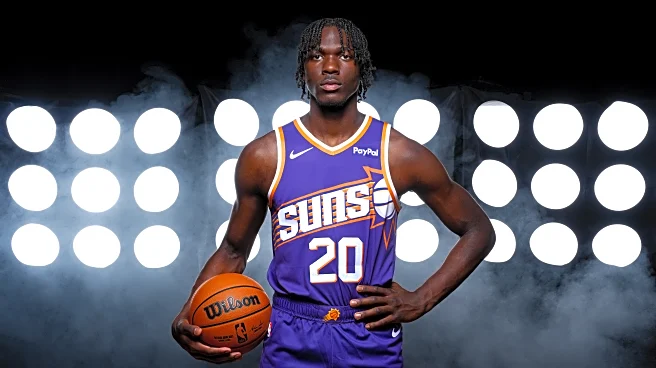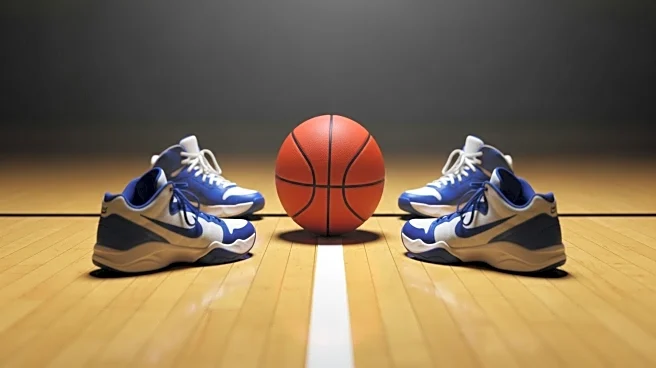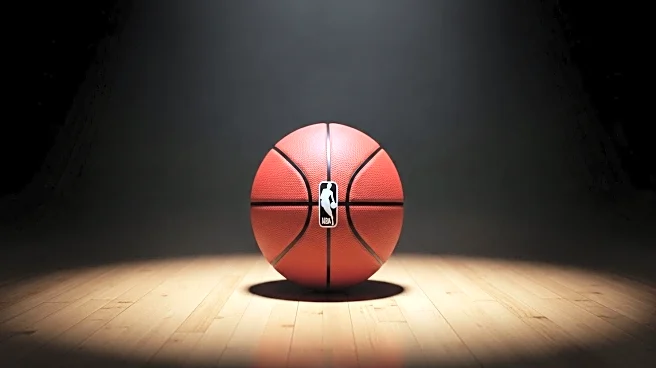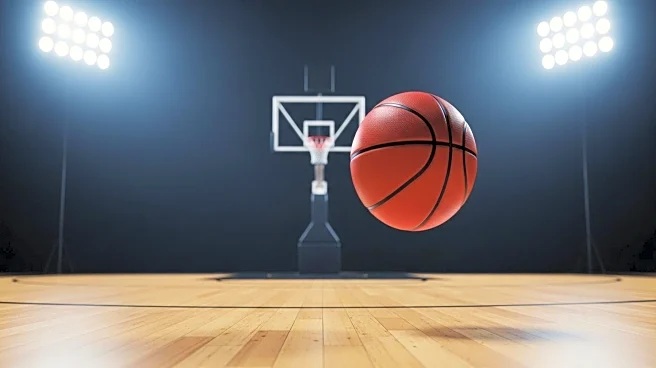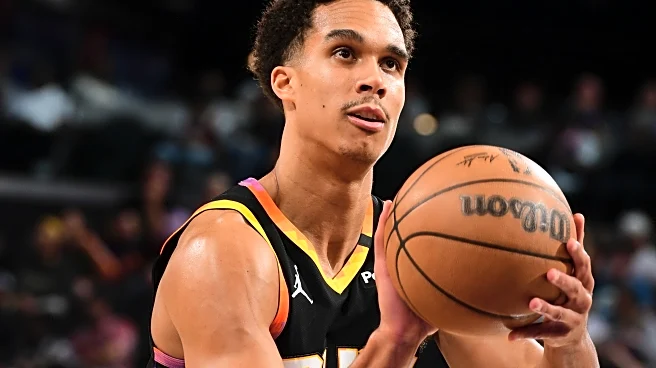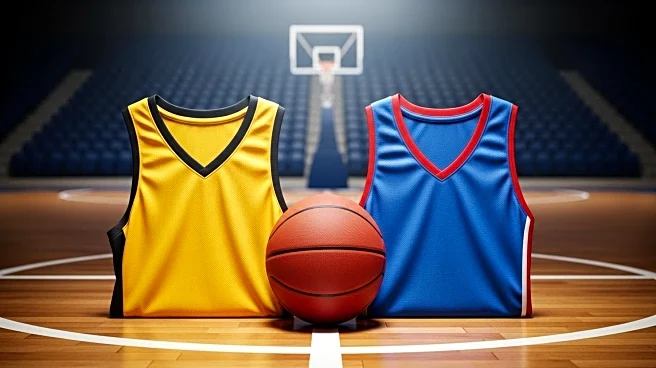Each year, around September, we begin our previews for the upcoming season. A preview will usually focus on recapping where a player has been, who they are currently, and what growth we can expect from them moving forward.
But in the case of Dean Wade, the Cleveland Cavaliers might already have everything they need to know.
Wade has been nothing if not consistent for the last three years. He’s averaged essentially the same points, rebounds and assists for six straight seasons — while hovering around
the same shooting splits in each year.
You know what to expect from Wade at this point. He’ll check into a game, play stellar defense, rebound the ball, and occasionally, he’ll shoot a few three-pointers. Wade will rarely step outside of his comfort zone and change the outcome of a game.
This might feel disappointing. Fans had higher hopes when Wade emerged as a 6’9” forward who could slide his feet, play without the ball, and shoot near 40% from deep. This size and versatility is everything you want in the modern NBA. We have long felt that Wade would be an elite role player if he ramped up his three-point shooting.
But clearly, being a high-volume gunner just isn’t in the cards for him. Let’s figure out why.
Is Wade shooting enough three-pointers?
We are entering year six of wanting Wade to shoot more three-pointers. And while he’s steadily increased his attempts to career-highs in consecutive seasons — he still sits in the 2nd percentile for usage according to Cleaning the Glass.
Wade seemingly has the mechanics and touch of a long-range marksman. But is it true that he needs to shoot more often? He’s a career 36.8% shooter on nearly 1,000 attempts. That’s good… but it isn’t elite by any means.
Tossing more offensive responsibility onto Wade’s plate isn’t as simple as it sounds. This team is loaded with talented scorers. How often should Wade get the ball on a team that rosters Darius Garland, Donovan Mitchell, Evan Mobley, De’Andre Hunter, Sam Merrill and Max Strus?
Wade attempted 3.8 threes per game last season. On those attempts, he placed in the 56th percentile in accuracy. This isn’t the profile of someone who needs to start unloading the clip.
But… alright, let’s be honest. The numbers might tell us one thing. The eye test will tell us something else.
Anyone watching can see that Wade is a little hesitant. He’ll routinely pass on clean shot attempts, causing the offense to reset — and even sputter out. This is where Wade has room to grow. A good drive-and-kick should result in an automatic three-point attempt.
Wade doesn’t need the ball more often to maximize the touches he’s already getting. Being a slightly more willing shooter could make all the difference, even if it only results in a marginal uptick in his usage.
This is perhaps the only question we have for Wade entering the 2025-26 NBA season. Will he be quicker to fire on semi-open shots? Or will he give us more of the same hesitancy? Whatever it might be, it’s worth acknowledging the positives that Wade brings to the Cavaliers despite his limitations.
Recapping the positives
Look, it’s fair to fixate on Wade’s three-point shooting (or lack thereof). He broke onto the scene in 2021 as a player who checks all of the pace-and-space boxes of today’s NBA. He still does, to a certain extent. So let’s focus on that for a bit.
Wade is as defensively skilled as anyone on the roster outside of Mobley. His ability to switch all positions and roam as a helper has made him an invaluable presence on the defensive side of the floor. He’s also one of the better rebounders on the team, placing in the 78th percentile for defensive rebounding percentage last season.
On offense, Wade plays his role. He spaces the floor, moves without the ball, and doesn’t let it stick in his hands. You can build a functional and even thriving offensive lineup with Wade on the court. At his best, Wade is connective tissue in a five-out unit.
So yes, Wade hasn’t made any prolific leaps in his development. But, he has steadily grown as a player. An undrafted prospect rarely becomes a rotational player on a championship-contending team. Wade’s growth may have plateaued sooner than expected — but let’s not overlook the work it took for him to reach this point, in the first place.
Cleveland can rest assured that they have a steady, defensive-oriented floor spacer on their bench. Wade has filled this role for six years, and we don’t expect that to change (for better or worse) this season.
